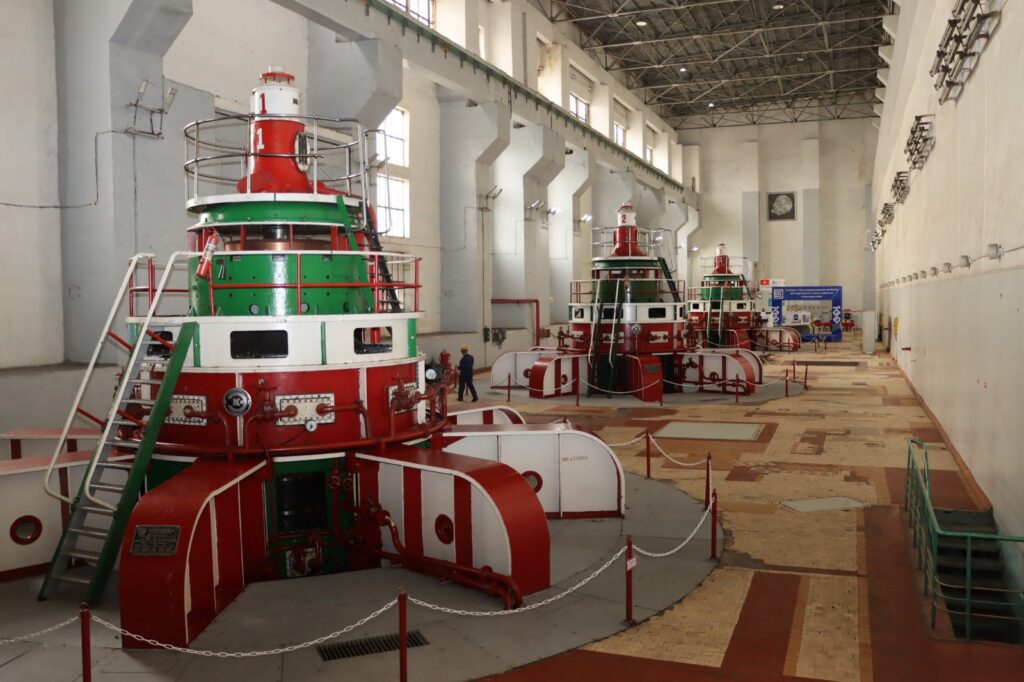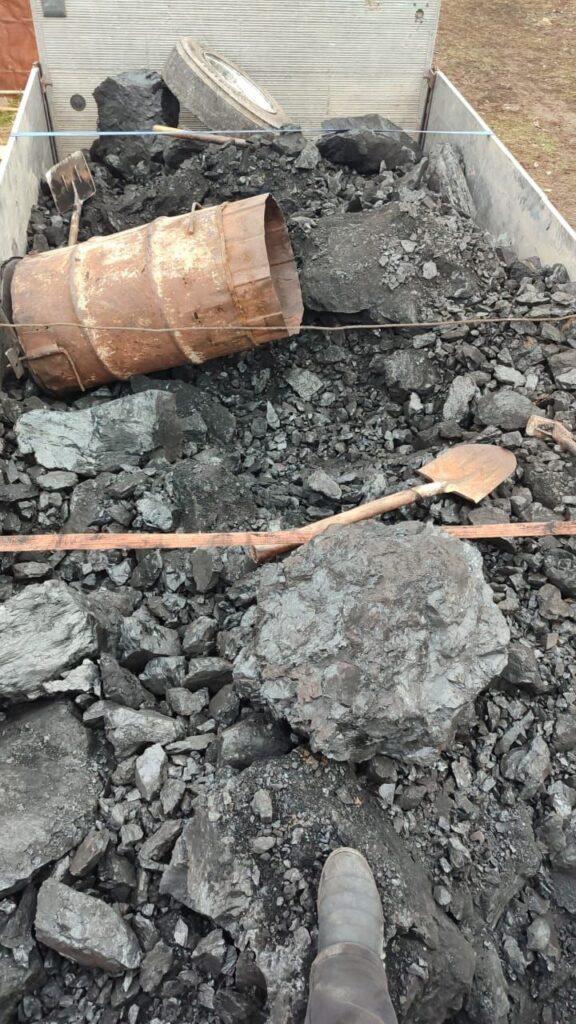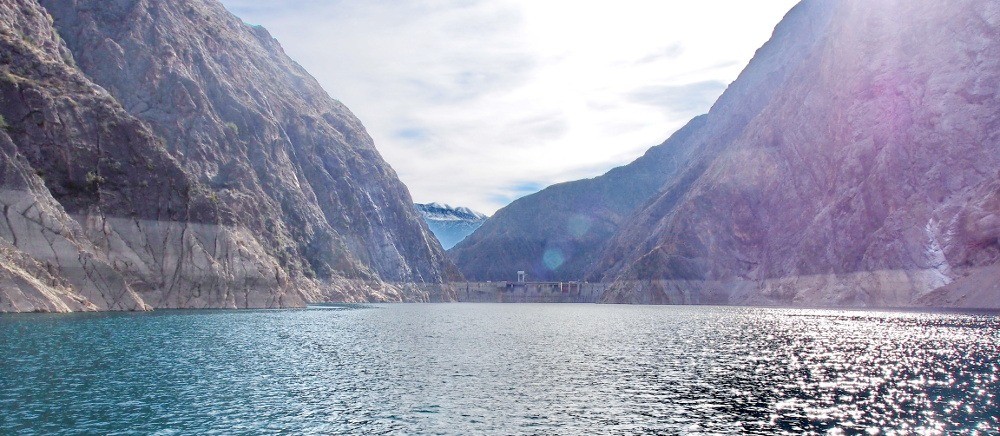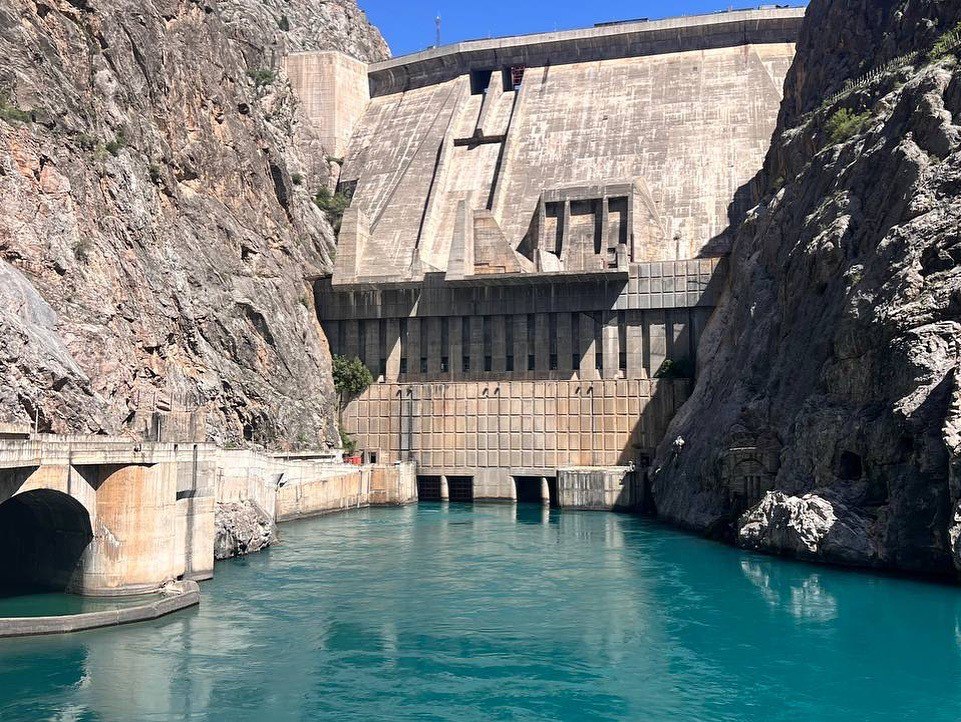Kyrgyzstan Boosts Energy Capacity with Hydropower Plant Upgrade
On December 30, Kyrgyzstan marked a significant milestone by commissioning the modernized hydroelectric generating unit No. 4 at the Uch-Kurgan Hydropower Plant (HPP). This upgrade is a critical step in addressing the country’s chronic electricity shortages, particularly acute during the harsh winter months. The modernization increased the generating capacity of unit No. 4 by 20%. The project, which began in March 2024, was implemented by the China National Electric Engineering Company (CNEEC). Work on hydroelectric generating unit No. 3 is scheduled to begin in 2025. Upon completion of the overall modernization project, the operational lifespan of the Uch-Kurgan HPP will be extended by 25–30 years. The Uch-Kurgan HPP, situated on the Naryn River near Shamaldy-Sai in the Jalal-Abad region, plays a vital role in Kyrgyzstan’s energy supply. Its reservoir has a total capacity of 52.5 million cubic meters. Before reconstruction, the plant's total capacity stood at 180 MW, with four hydroelectric units producing 45 MW each. Operating since 1962, the plant had not undergone any major upgrades until now. Kyrgyzstan is actively upgrading its hydropower infrastructure to enhance energy production. On November 19, 2024, the country launched the modernized hydroelectric generating unit No. 1 at the Toktogul HPP, its largest power facility. The upgrade increased the unit’s capacity by 60 MW, raising the Toktogul HPP’s total capacity to 1,260 MW from its previous 1,200 MW. The Toktogul HPP currently provides approximately 40% of Kyrgyzstan's electricity. In addition to modernization projects, Kyrgyzstan is constructing the flagship Kambarata-1 Hydropower Plant, which will have a projected capacity of 1,860 MW and an average annual generation of 5.6 billion kilowatt-hours. Upon completion, Kambarata-1 will become the country’s largest hydropower plant and is expected to eliminate Kyrgyzstan's electricity shortages. These developments reflect the country’s commitment to expanding its energy capacity, ensuring sustainable power supplies, and meeting the growing demands of its population and industries.





